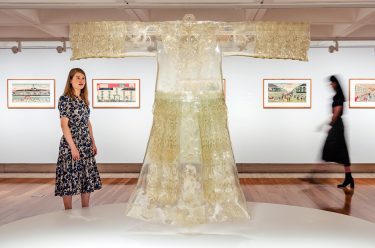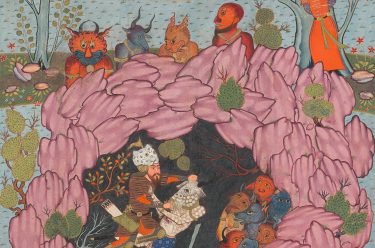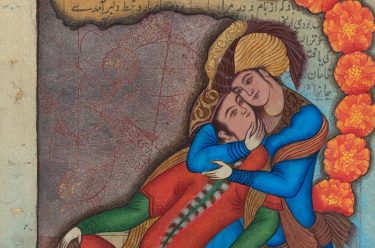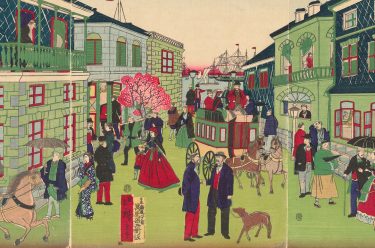Peking Opera robe made in transparent plastic
Chinese artist Wang Jin’s Robe 1999 renders the iconic form of the Peking Opera robe in transparent plastic embroidered with fishing line (illustrated). The juxtaposition of a traditional high-cultural form and modern synthetic material refers to transformations in Chinese society, most pointedly the rapid evolution of consumerism. Robe is on display within the exhibition ‘I…
Continue reading » “Peking Opera robe made in transparent plastic”





